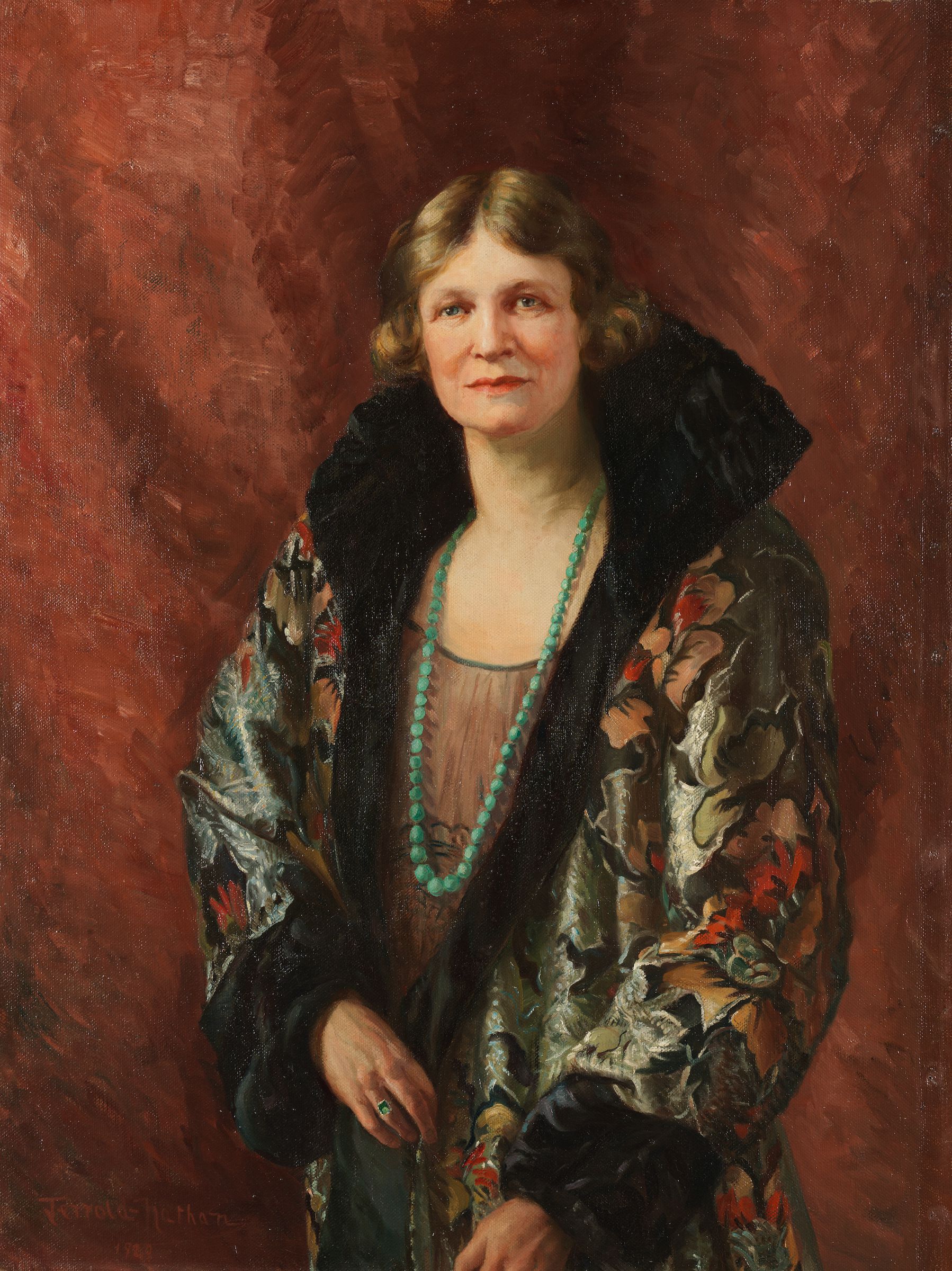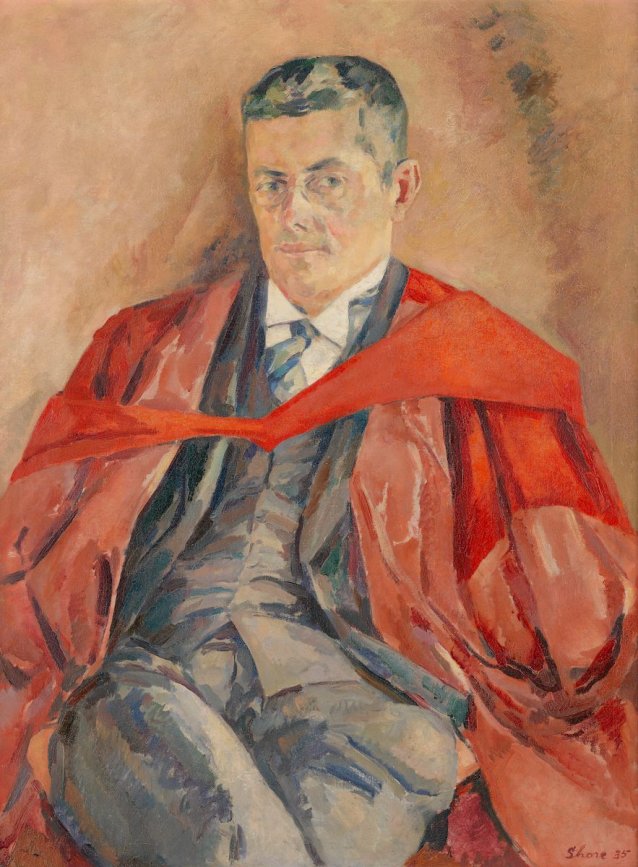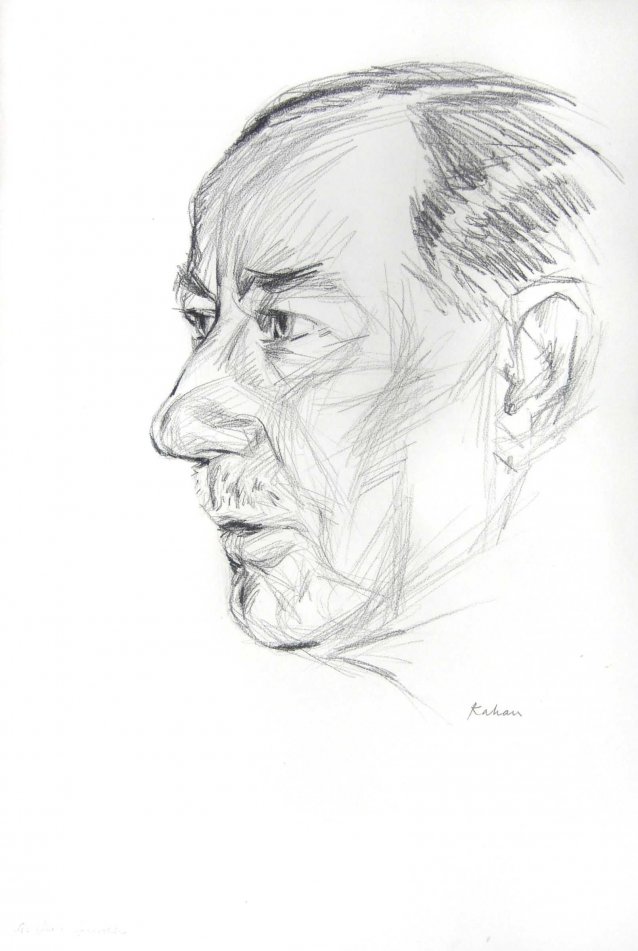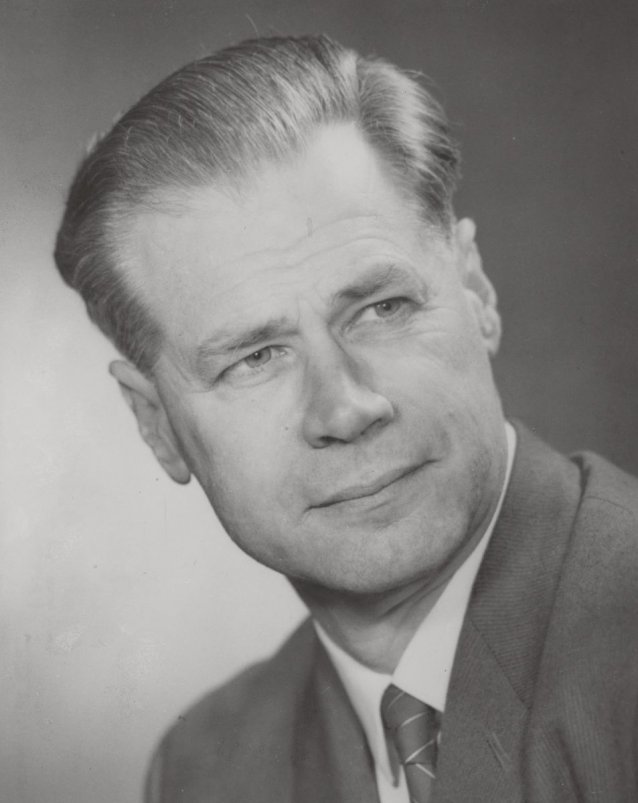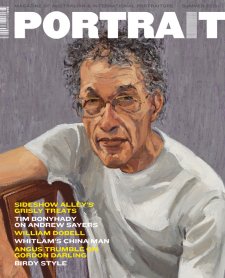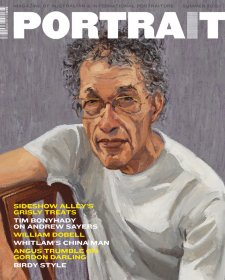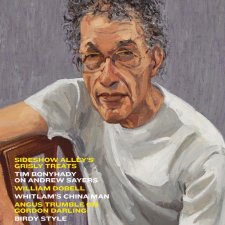Evatt had hand-picked his team, including the young John Burton (1915-2010), the subject of a photographic portrait in the collection. (Two years after San Francisco, aged only 32, Burton was appointed Permanent Head of the Department of External Affairs.) The Australian delegates attended, in Evatt’s words, 'as many committees as physically possible', and their system of reporting back to Evatt meant that he was able to appear in committees, fully briefed, at crucial moments. They averaged ten meetings a day - about 350 over the two months. So omnipresent was Doc that other delegates joked there were actually 'ten Evatts' attending the conference.
Australia was elected to the Executive Committee and Coordination Committee that drafted the final UN Charter.
On May 7, 1945, during the San Francisco conference, Germany officially surrendered, ending the European conflict; the US declared the day a public holiday. Deputy Prime Minister Forde, Doc Evatt, Jessie Street and three other Australian delegates hired a car to visit Yosemite National Park on this one day off;
it was in planning this trip that a furious Street discovered that her delegate’s allowance was a third of the men’s.
Women represented less than 1% of the delegates from the fifty nations. Similar to Evatt’s approach to mobilise the smaller nations, Jessie Street worked closely with Bodil Begtrup of Denmark, Berta Lutz of Brazil and Senator Isabel de Vidal of Uruguay to exert influence as a group. Lady Jessie Street (1889-1970), like Evatt, hailed from country New South Wales and was educated at Sydney University.
She had visited and observed the League of Nations in 1930 and 1938. She had also represented Australia at numerous women’s meetings and congresses with leading international lights of the feminist cause, including Margaret Sanger, Margery Corbett Ashby and Alice Paul.
In 1929, when Street sat for her portrait held in the collection, painted by Jerrold Nathan, she had recently co-founded the United Associations of Women. National Portrait Gallery curator Joanna Gilmour, in her article on the portrait in a previous issue of Portrait magazine, noted that the 'rich fabrics, furs and jewels' were likely to be the painter’s selection, as his subject was 'more commonly found in the no-nonsense combo of a suit, blouse and sensible shoes'.
Within the UN Charter, Street and the women delegates successfully lobbied to include equal rights of men and women in the preamble, equal employment within the UN (despite the vigorous opposition to this resolution from the US, UK and Cuban delegates), and provision for the creation of the Commission on the Status of Women. Street assisted in drafting Article 8 on the status of women and served as Australia’s representative on the Commission on the Status of Women from 1947 to 1948.
Evatt and Street’s contributions did not end in June 1945. Three years later, according to The Greats: the 50 men and women who most helped to shape modern Australia, the French police, outside the opening of the third Assembly in Paris in 1948, almost prevented the entry of a 'heavy, tousle-haired man in a baggy lounge suit, his tie off-centre', who emerged from a 'modest, late-model Ford' and 'shambled up to the official entrance'.
It turned out they had delayed the arrival of the President of the third General Assembly of the United Nations, Doc Evatt; he remains the only Australian to have held this position.
On 10 December 1948, presiding as the General Assembly adopted the Universal Declaration of Human Rights, Evatt declared that 'millions of people... would turn to it for help, guidance and inspiration.' Jessie Street had contributed to its drafting. Another judicial sitter in the Gallery’s collection, one also committed to human rights and who has chaired UN committees, The Hon. Michael Kirby AC CMG, remembers receiving a copy of the Universal Declaration at school in 1949, bearing the 'blue imprint of the then newly familiar global emblem of the United Nations'. Kirby has noted that Evatt’s 'presidency of the Assembly is the sole inscription appearing on his tombstone in Canberra. Later generations of Australians would do well to remember Evatt’s contributions as a lawyer and an internationalist.'
Both Street and Evatt lived out their principles. In the ensuing years, both fought personal and political battles in the poisonous climate that attended the perceived threat of communism. Later, both Street and Evatt threw their weight behind the ‘Yes’ campaign in the 1967 constitutional referendum relating to Indigenous Australians. Its leader, Faith Bandler, said Street was 'absolutely vital' to the movement.
Sounding very much like Elizabeth Couchman sixteen years and a world war earlier, Evatt wrote in the program for the United Nations Festival in Geelong in May 1950: 'The road to peace is never easy, and it is sometimes dangerous. The world desperately needs people who will have the wisdom and courage to travel that road, and to insist that their governments make no tours around it.'
Bruce and Couchman, Evatt and Street, coming from opposite sides of Australian politics, were united as Australian internationalists who believed in the community of nations. These wise, courageous individuals represented in the Gallery’s collection believed that Australia could help change the world. Over the last 70 years, thousands of Australians have followed in their footsteps, serving at the UN, as part of the Australian Missions to the UN, and on UN committees. While the United Nations has endured for 70 years, as Doc Evatt wrote in 1949, 'At no stage in the world’s history will it be feasible to pause and assume the task is finished'.
